Many people don’t realize that the Galapagos is a series of islands created by volcanic eruption and that the violent creation is still taking place today. This was never more true than for Isla Isabela, one of the youngest of the islands in the archipelago and the one with them most volcanic activity. In fact, just last year, Wolf Volcano on the far northern side of the island, erupted spectacularly but few people were able to see it. Fortunately, Wolf is far from the populated city of Puerto Villamil and no one had to be evacuated.
 But longtime residents of the Isla Isabela are somewhat used to volcanic activity and local guides speak quite plainly about the eruption of 2005. Many remember what the crater rim looked like before and after. It is possible for the adventurous tourist to see the new landscape by hiking to the far side of Volcán Sierra Negra, along the crater rim and then down the slope towards Volcán Chico.
But longtime residents of the Isla Isabela are somewhat used to volcanic activity and local guides speak quite plainly about the eruption of 2005. Many remember what the crater rim looked like before and after. It is possible for the adventurous tourist to see the new landscape by hiking to the far side of Volcán Sierra Negra, along the crater rim and then down the slope towards Volcán Chico.
The hike is normally combined with the day hike to Sierra Negra itself. In combination, the entire combined hike should take about 5-6 hours to accomplish. Make sure to carry plenty of water, a high energy snack, and sun protection, especially a hat and sunglasses as the glare of the equatorial sun on the stark landscape is harsh. And take these things even when the day looks cloudy from your start point in Puerto Villamil. The far side of Volcán Sierra Negra experiences a completely different weather pattern that is not easily guessed from the port town. If you’ve rented rain boots for the muddy trail up Volcán Sierra Negra, pack your hiking boots for the trail down the other side.
- Lava Lizard on the Volcán Chico Trail
- Lava Lizard on the Volcán Chico Trail
- Cactus more than 100 years old on the Volcán Chico trail.
And be prepared for one of the most stunning views of your entire trip. As you walk down the slope of Volcán Sierra Negra to Volcán Chico, just as the green highlands change into a desert landscape worthy of Death Valley in California, the vista opens up. And instead of just seeing the edge of the island and the ocean spread out before you, you see other islands of the archipelago and begin to understand just how impossible it is to see all of the Galapagos in a single trip.
The hike out to Volcán Chico is a hike through time, where the layers of volcanic rock each speak of a different eruption. Our guide pointed out red rusty colored rock from the eruption of 1979 and a darker, gray black rock from the more recent eruption in 2005. In fact, Volcán Chico and its surrounds are a panorama of earthy tones and the stark contrasts between rusty reds, bright golden yellows, dusty, dull ochre, and blue blacks constantly greet you on the trail.
- Hikers at Volcán Chico, Isla Isabela, the Galapagos.
- Ochre rock on the trail to Volcán Chico, Isla Isabela, the Galapagos.
- Rainbow of Rock on the trail to Volcán Chico, Isla Isabela, the Galapagos.
- A Colorful Lava Tube on the trail to Volcán Chico, Isla Isabela, the Galapagos.
- Small Iridescent Rocks on the trail to Volcán Chico, Isla Isabela, the Galapagos.
- Air vent on trail to Volcán Chico, Isla Isabela, the Galapagos.
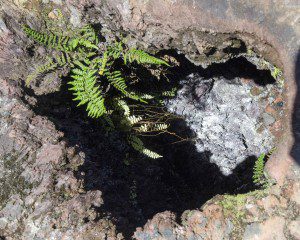 But perhaps even more exciting than the beautiful, if stark, landscape are the vents where you can feel the moist, hot air escaping from the earth itself. Just look across the landscape for a spot of bright green, a fern or a small flowering plant, or maybe some sprouting mushrooms, and you will likely find a vent that is providing the moisture this small plant needs to survive. It is a reminder of how this land is still in the process of active change.
But perhaps even more exciting than the beautiful, if stark, landscape are the vents where you can feel the moist, hot air escaping from the earth itself. Just look across the landscape for a spot of bright green, a fern or a small flowering plant, or maybe some sprouting mushrooms, and you will likely find a vent that is providing the moisture this small plant needs to survive. It is a reminder of how this land is still in the process of active change.
The highlight of this hike is the destination point. As you hike down the mountain, you will see the outlines of hikers bodies on distant crater rim. It is easy to tell that not one of them is looking back towards you or the trail – they are all looking out at a vista you can’t yet see. That view you saw earlier on the trail is about to be magnified a thousand-fold. From the ridge, you will see the northern half of Isla Isabela spread out in full glory, the Wolf Volcano, the islands Fernandina, Rábida, Santa Cruz, even the tiny little islets of Cuatro Hermanos, and the striking blue waters in between them all. When you arrive, you will likely want to sit down and enjoy the view. This is certainly not an experience to be rushed.
And then it’s time to turn around and head back. I will not lie. The hike back is long and hot. Even with an early morning start, we were hiking up hill, on an unshaded trail, at the hottest point of the day. Granted, there is no real altitude to deal with but the hike is still a strenuous one and it is not recommended for young children or for adults who have not put in some hiking miles before visiting. And even when you get back to the crater rim at Sierra Negra and can once again see that glorious caldera spread out in the afternoon light, your hike is not done.
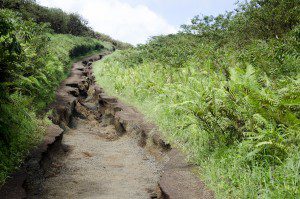 You might be wishing for the clouds and a little rain to help cool things down for the last hour back down the mountain. On the day we completed this hike, we were fortunate to go back a different way than we had climbed. It was longer in distance but without the slick mud that we had faced on the uphill climb. Just be sure to ask your guide to take the easiest way back – some of the choice will be weather dependent!
You might be wishing for the clouds and a little rain to help cool things down for the last hour back down the mountain. On the day we completed this hike, we were fortunate to go back a different way than we had climbed. It was longer in distance but without the slick mud that we had faced on the uphill climb. Just be sure to ask your guide to take the easiest way back – some of the choice will be weather dependent!





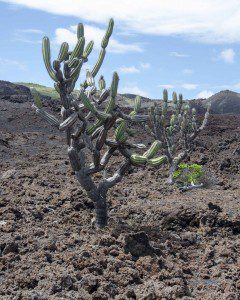
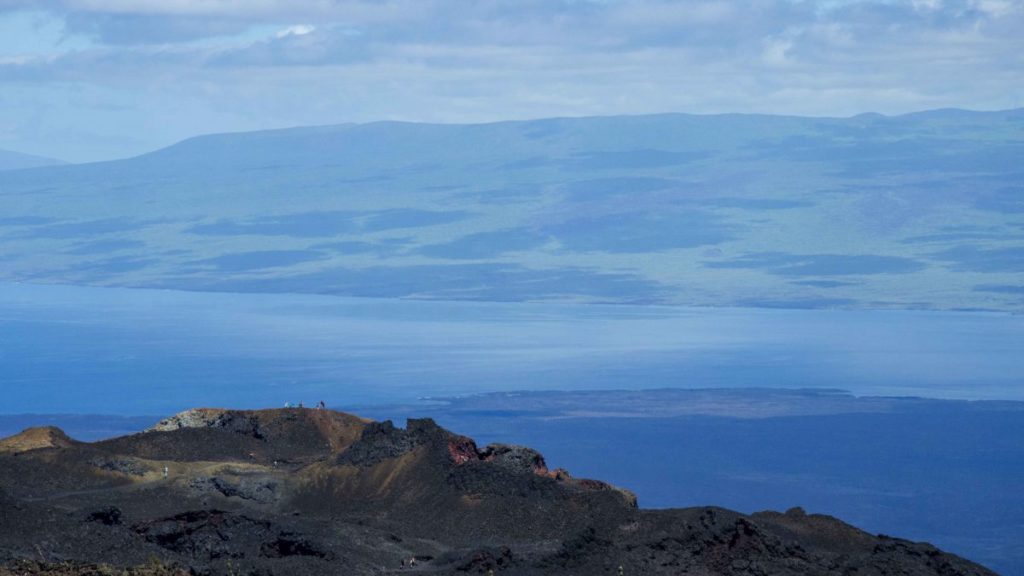
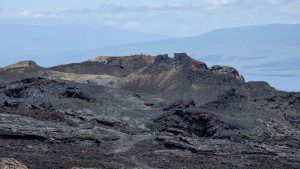

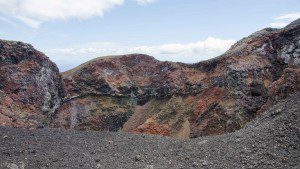
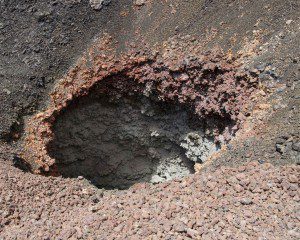

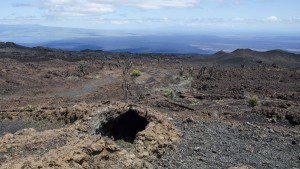
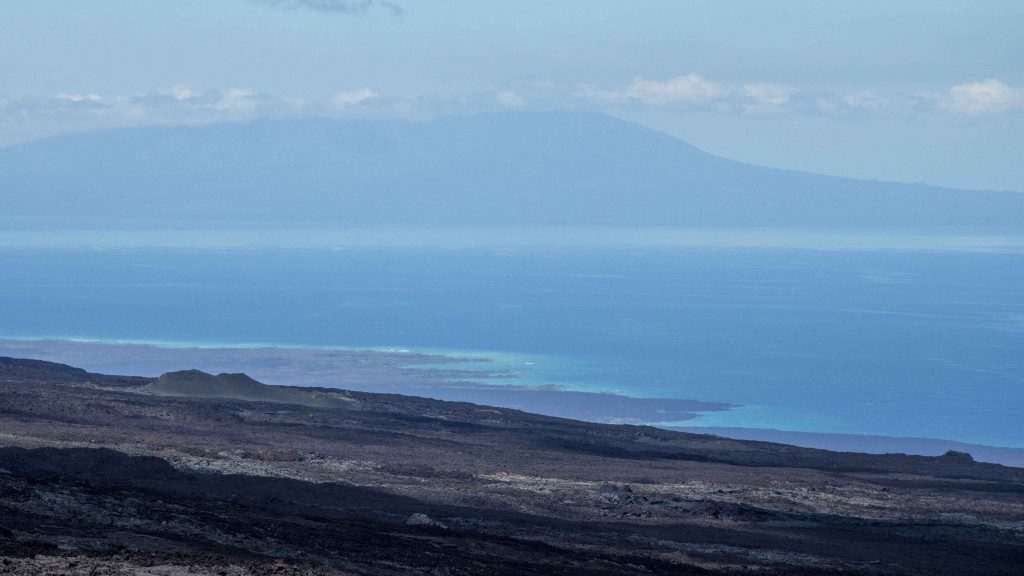
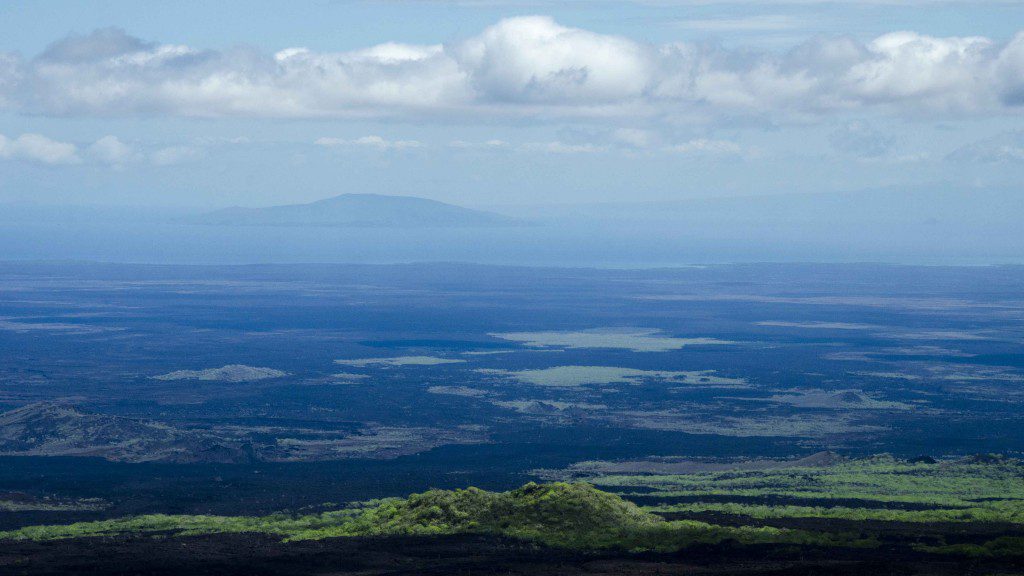












Just a correction on your article, while Isabela is one of the younger Islands in the Galapagos, Fernandina Island is the youngest not Isabela.
Thanks.
Thanks for the insight, Karen. You sent me looking for my original source. Instead, I found a new one from the University of Oregon. It looks like a few islands share the same “birthday”. The scientists don’t know for sure but they do say that Fernandina is likely the youngest. I will correct the article to say “one of the youngest” based on this source:
https://pages.uoregon.edu/drt/Research/Volcanic%20Galapagos/presentation.view@_id=9889959127044&_page=1&_part=3&.html